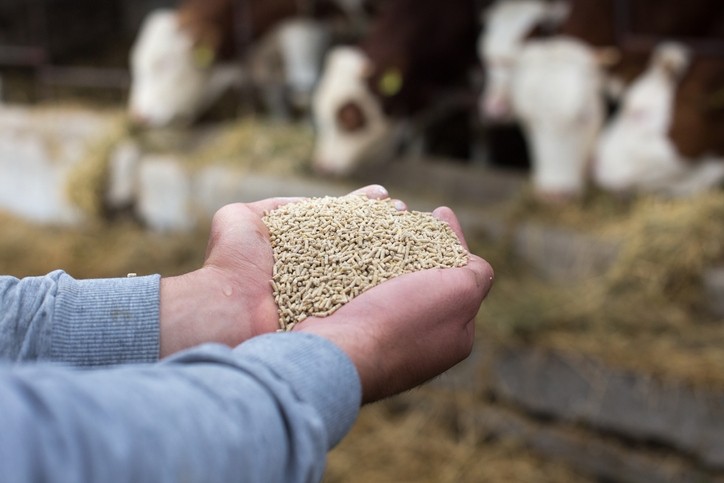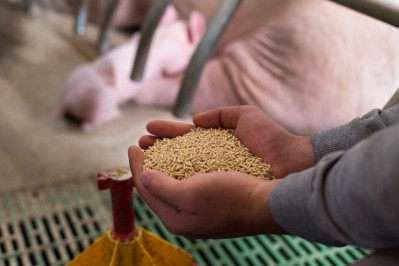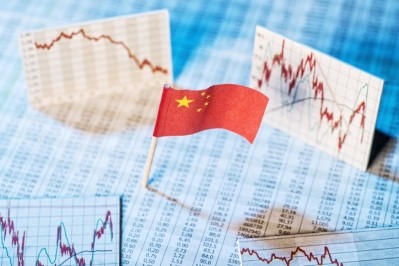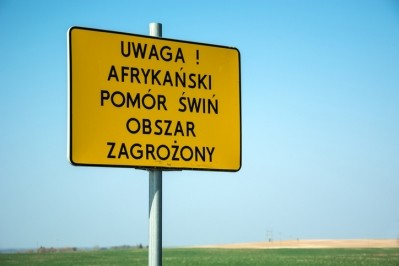COVID-19 and other factors to hurt EU 2020 feed demand, poultry sector big contributor to lower consumption

There is still some uncertainty around where the actual levels will land due to what the EU feed industry representatives said are many unpredictable parameters, including continued animal disease outbreaks and impacts on demand for products of animal origin linked to the pace and scope of national COVID-19 deconfinement measures.
In its latest market outlook for 2020, FEFAC sees a significant reduction in demand for poultry feed.
“The poultry sector reacted faster to the COVID-19 lockdown measures than other sectors and reduced production.”
In certain countries the expected loss in chicken production has been estimated to be up to 10% compared to 2019, reported the trade group.
Avian influenza, ASF impact
“Overall, the estimate for EU-27 poultry feed production is expected provisionally to show a reduction of 5.2%, thus ending the positive trend over the past decade. The negative trend is being driven not only by the immediate COVID-19 impacts, but also by other factors: ongoing import of poultry products into the EU from third countries, currently causing an oversupply and new outbreaks of avian influenza not only in Central and South-Eastern Europe but also in Ireland.”
The production of pig feed in the EU-27 is expected to decrease by 2.3% this year compared to 2019, in line with the general downward trend observed over the past few years, said FEFAC.
Although several countries are still impacted by African Swine Fever (ASF) outbreaks such as Poland, Hungary, Romania and Bulgaria, other countries that are still ASF-free, are benefitting from continued export opportunities for pigs, mainly to Asian countries due to their recovery from ASF and delays in rebuilding their own pig herds, noted the trade group.
As regards cattle feed, the production has been very much influenced by the closure of the hotel, restaurant and catering sectors, which cut demand for meat, especially veal, and beef, along with dairy products such as cheese.
“Farmers have started to reduce milk production, by lowering compound feeding. In addition, stricter environmental regulations are creating additional pressures on livestock herds. Although Europe is experiencing another dry spring which reduces forage availability, the cattle feed production in the EU-27 is expected to decrease by 4.1%.”








